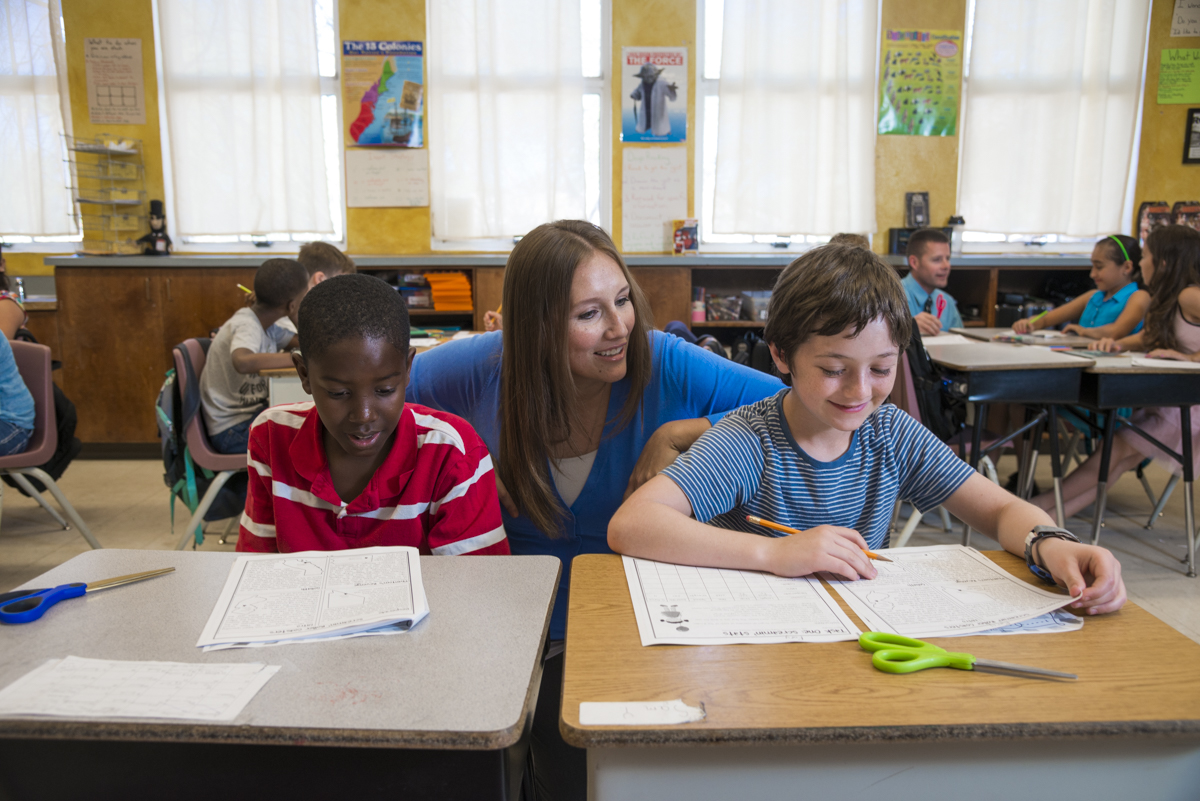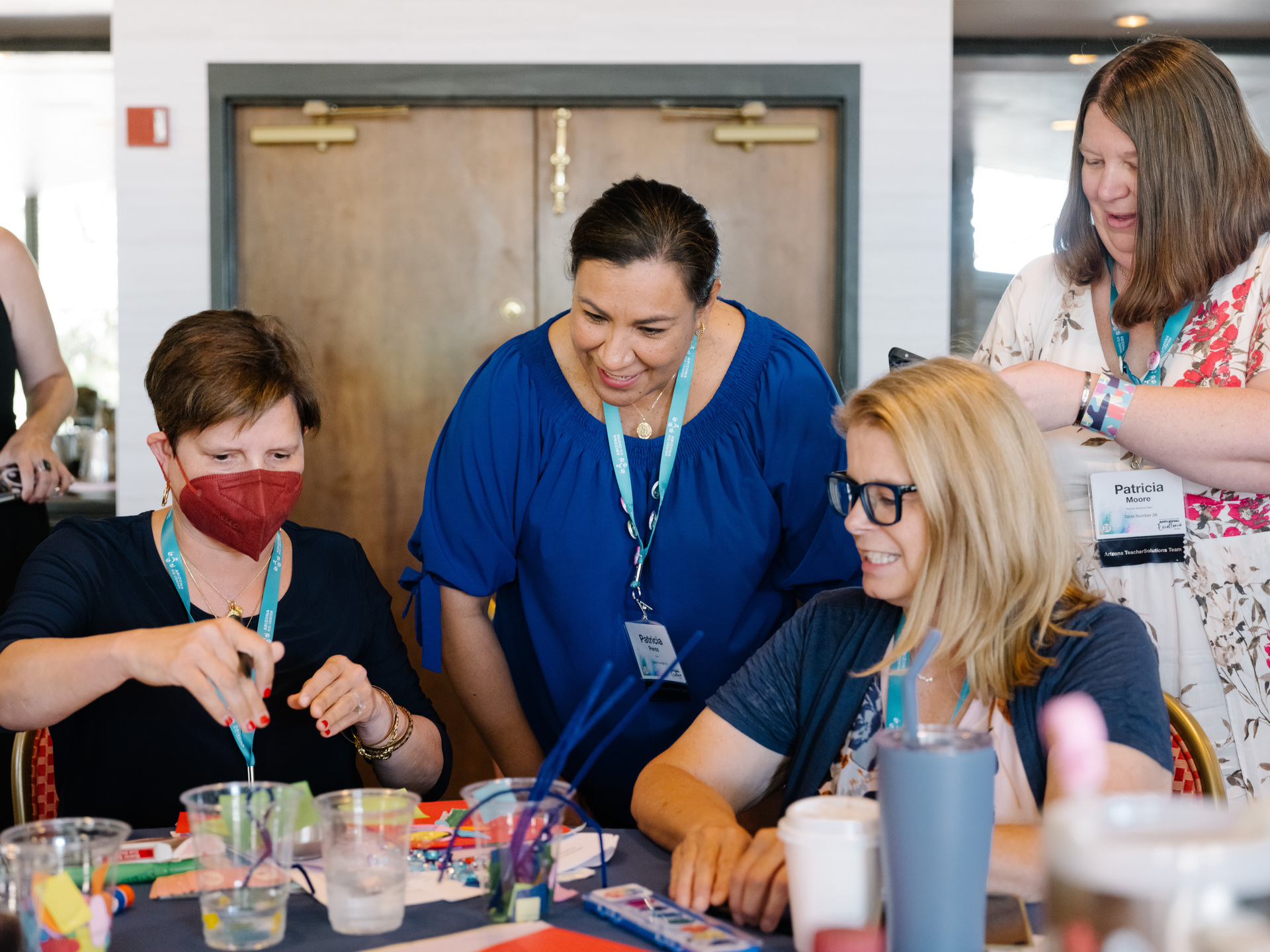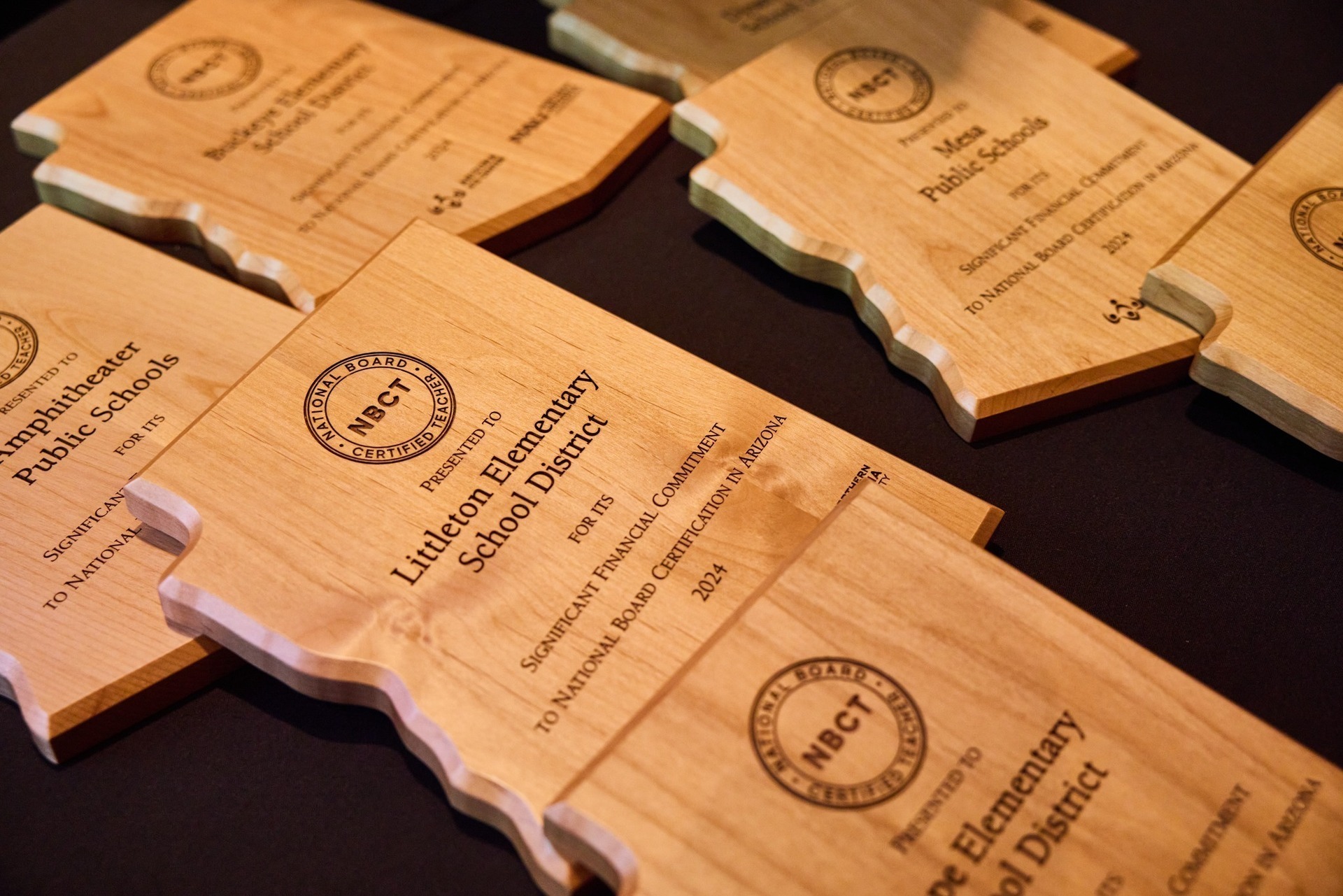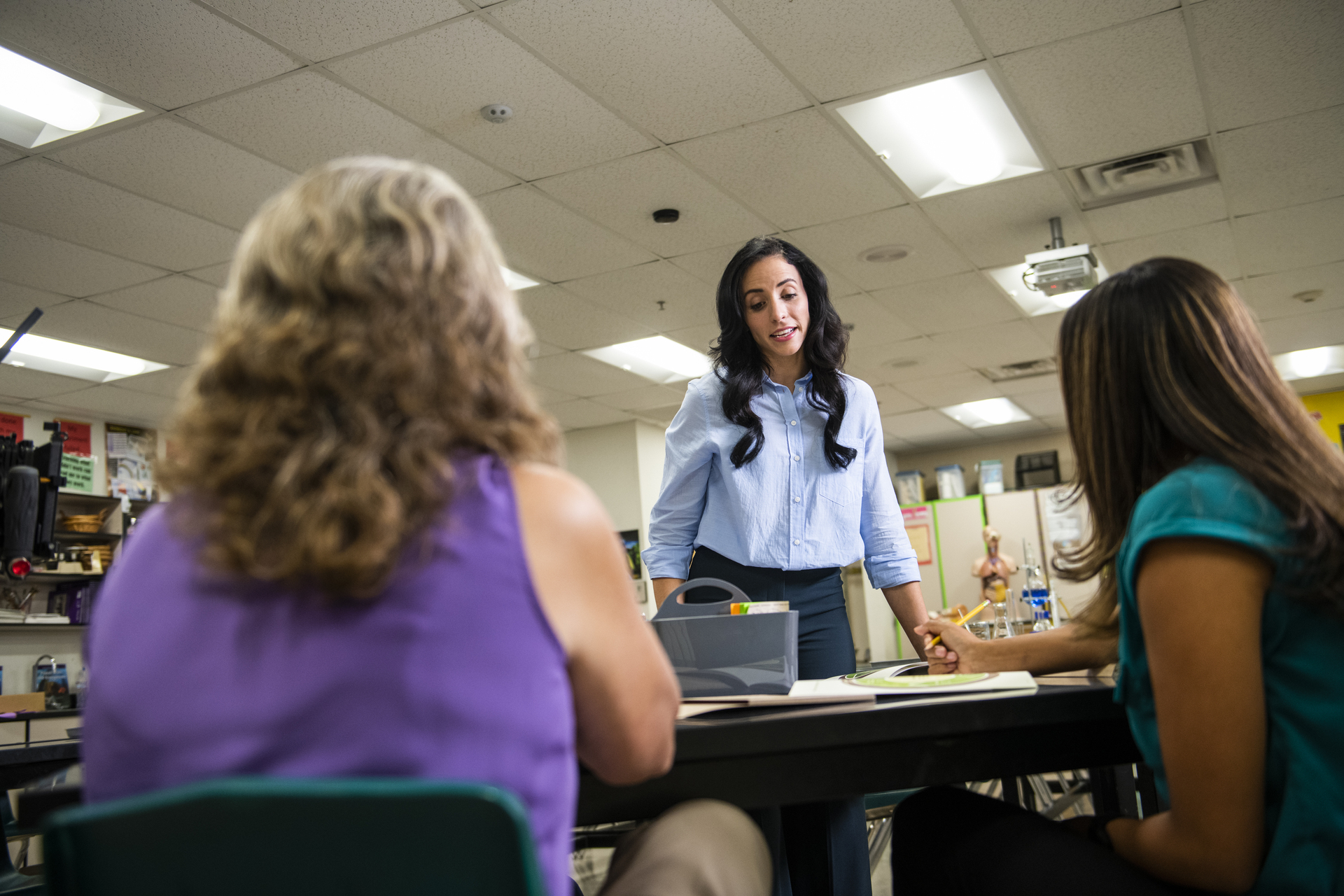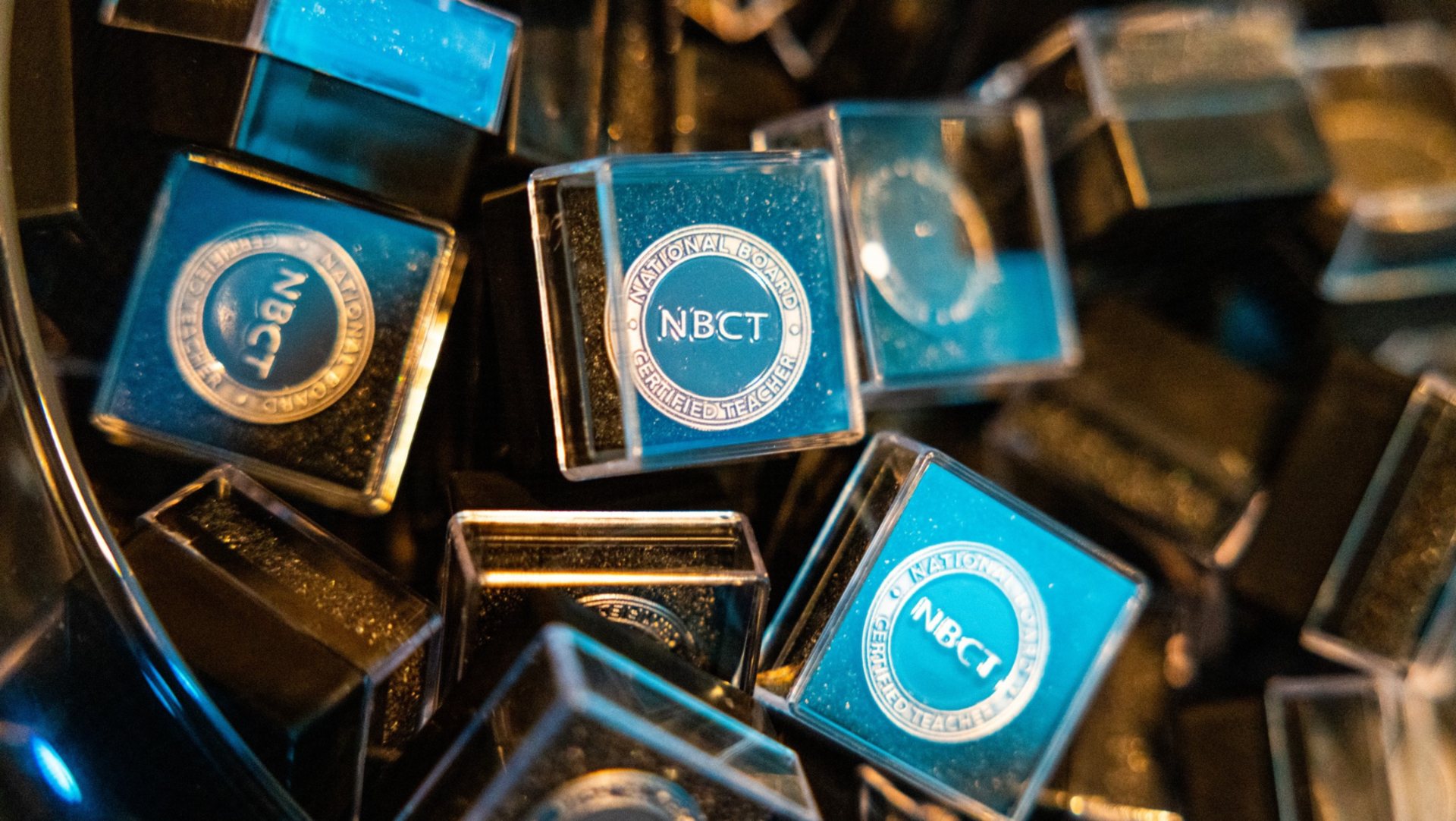November 13, 2017
Spreading Kindness in the Class
Let’s make a statement by creating better student environments.
There’s a sound argument for comparing campus hallways to fashion runways. It’s no doubt that our trends get a youthful leg up from our K-12 youngsters. And while I’ll admit to occasionally side-eying my students’ style choices, this year there’s a craze that we all can get behind: kindness.
In my kindergartner son’s class, I spotted a girl in his class sporting a shirt not unlike this one that spouted, “Throw Kindness Around Like Confetti.” High schoolers on my campus carry tote bags with “Have Courage and Be Kind” sprawled across them, a quote from the recent Cinderella movie. The message is refreshing: It’s cool to care.
As the holidays draw near and campus do-good missions are no doubt in full swing, it is important to bring this trend home to its permanent residence — the place it counts the most — inside our classrooms.
Kindness is the cornerstone in environments that are safe and welcoming for all of our students, and it’s key to their intellectual growth. Intrinsically, we know this, but there’s substantial science to back it up.
Erik Erikson’s theory of psychosocial development from the 1960s claimed that conflict is not merely internal, but a product of someone’s interaction with his or her environment. Neuroscience research points to awe-inspiring knowledge about what’s involved in long-term learning. In the simplest of terms, the limbic area of the brain houses the structures that are responsible, at least partially, for emotions, memory, and our physical responses to stress. In other words, memory and emotion are intrinsically related.
Bottom line? Science supports what we’ve known all along — higher-level thinking is much more likely to occur when our students’ brains are emotionally secure.
One of the most incredible responsibilities and joys of being a teacher is that we are charged with building memories, everyday, in our students. We know that our students come to us with very real baggage: parental pressure, family hardships, cultural barriers and social anxieties to name just a few. When students carry those emotional weights with them to class, not to mention the low energy, exhausted immune systems, headaches and other physical effects of stress, their learning potential is absolutely depleted. Educators can play a huge role in alleviating these emotional burdens by creating an environment that is safe and welcoming for all.
Creating an emotionally safe environment starts with you, the decisive element in your classroom. Basic professional habits, like keeping student grades and personal issues confidential, setting clear expectations, and speaking respectfully to all students goes a long way. Smiling often, having fun while you teach, and getting to know students as individuals also sets the tone.
But really, that’s just the beginning. Creating a culture of kindness starts with everyday teachable moments that help students change their perceptions of one another and relate to both you and their peers. Help build community by creating classroom traditions (like spending a few minutes each Monday morning to recap everyone’s weekend, or holding class “meetings” to discuss academic and social progress), provide opportunities for students to lift each other up (have a “Shout Out” board or have students team up to complete random acts of kindness), and firmly ban put-downs or condescending language in your room. Want to go even further? Promote leadership and fellowship by teaming up to participate in a student-led service project that focuses on the school, community, and the world around us.
Need help getting started? Try a few of these ideas on for size:
- Try using a Kindness Jar like this one or handing out Random Acts of Kindness boards, like the one on this site.
- Consider posting a sign like this near technology to help your students remember kindness online.
- In search of a story to tell? Check out this list of 10 children’s books about making the world a better place.
- Get inspired with this high school Post-it board campaign.
- Promote respect on your bulletin board — check out this Cool to be Kind display.
With a bit more awareness and proactivity, all of us can build classroom climates that support all learners’ academic achievement and emotional development. Kindness is contagious positivity — it opens minds, promotes security and can transform a classroom. Let’s join the trend and throw it around like confetti.
Have suggestions of your own? We want to hear 'em!
Heather Sparks is a writer, educator, and mom of four. An Arizona native, she holds a bachelor’s degree in secondary education and a master’s degree in gifted education from Arizona State University.
